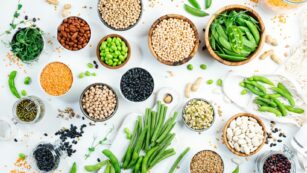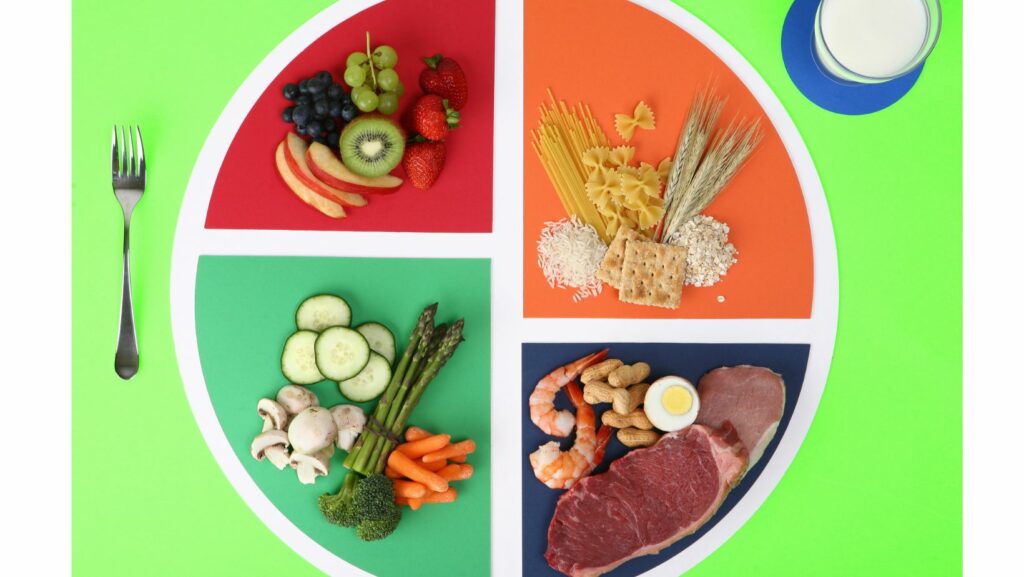Understanding the menstrual cycle’s impact on a woman’s body is crucial for maintaining overall well-being. Nutrition plays a vital role in managing symptoms and promoting hormonal balance. A well-structured menstrual cycle food chart can guide individuals in making informed dietary choices tailored to each phase of their cycle. From alleviating cramps to boosting energy levels, specific foods can make a significant difference. By aligning diet with the menstrual phases, women can experience smoother cycles and improved health. This article explores how to create an effective menstrual cycle food chart, ensuring optimal nutrition and comfort throughout the month. These hormones fluctuate throughout the cycle, influencing mood, energy levels, and appetite. Estrogen peaks during the follicular phase, while progesterone is highest in the luteal phase
Menstrual Cycle Food Chart
 Understanding the specific nutritional needs during each phase of the menstrual cycle can optimize health and comfort. A well-structured menstrual cycle food chart enables women to select foods that align with their hormonal fluctuations. During menstruation, the body sheds the uterine lining, resulting in blood loss and potential iron deficiency. If fertilization doesn’t occur, the luteal phase leads to a decrease in progesterone, preparing for menstruation. A comprehensive food chart tailored to these phases ensures dietary choices that support physical and hormonal well-being throughout the menstrual cycle. Hormones like estrogen and progesterone regulate the menstrual cycle. These hormones fluctuate throughout the cycle, influencing mood, energy levels, and appetite. Estrogen peaks during the follicular phase, while progesterone is highest in the luteal phase. Nutrients such as omega-3 fatty acids and B-vitamins support hormone production and balance. For example, flaxseeds and walnuts provide omega-3s, which help reduce inflammation. Leafy greens and legumes offer B-vitamins vital for maintaining energy levels and hormone synthesis.
Understanding the specific nutritional needs during each phase of the menstrual cycle can optimize health and comfort. A well-structured menstrual cycle food chart enables women to select foods that align with their hormonal fluctuations. During menstruation, the body sheds the uterine lining, resulting in blood loss and potential iron deficiency. If fertilization doesn’t occur, the luteal phase leads to a decrease in progesterone, preparing for menstruation. A comprehensive food chart tailored to these phases ensures dietary choices that support physical and hormonal well-being throughout the menstrual cycle. Hormones like estrogen and progesterone regulate the menstrual cycle. These hormones fluctuate throughout the cycle, influencing mood, energy levels, and appetite. Estrogen peaks during the follicular phase, while progesterone is highest in the luteal phase. Nutrients such as omega-3 fatty acids and B-vitamins support hormone production and balance. For example, flaxseeds and walnuts provide omega-3s, which help reduce inflammation. Leafy greens and legumes offer B-vitamins vital for maintaining energy levels and hormone synthesis.
Importance Of Nutrition During The Menstrual Cycle
Nutrition plays an essential role in maintaining health during the menstrual cycle. Proper dietary choices can alleviate common symptoms and promote hormonal balance. Hormones like estrogen and progesterone regulate the menstrual cycle. These hormones fluctuate throughout the cycle, influencing mood, energy levels, and appetite. Estrogen peaks during the follicular phase, while progesterone is highest in the luteal phase. Nutrients such as omega-3 fatty acids and B-vitamins support hormone production and balance. For example, flaxseeds and walnuts provide omega-3s, which help reduce inflammation. Leafy greens and legumes offer B-vitamins vital for maintaining energy levels and hormone synthesis. Common menstrual symptoms include cramps, bloating, and fatigue. Nutrition can mitigate these symptoms through targeted dietary choices. Including diverse nutrients in the diet helps manage menstrual symptoms effectively and supports overall health. Creating a tailored food chart can be highly beneficial for managing the menstrual cycle. Different phases require specific nutrients to support hormonal balance and alleviate symptoms. A well-structured menstrual cycle food chart can guide individuals in making informed dietary choices tailored to each phase of their cycle.
symptoms and promote hormonal balance. Hormones like estrogen and progesterone regulate the menstrual cycle. These hormones fluctuate throughout the cycle, influencing mood, energy levels, and appetite. Estrogen peaks during the follicular phase, while progesterone is highest in the luteal phase. Nutrients such as omega-3 fatty acids and B-vitamins support hormone production and balance. For example, flaxseeds and walnuts provide omega-3s, which help reduce inflammation. Leafy greens and legumes offer B-vitamins vital for maintaining energy levels and hormone synthesis. Common menstrual symptoms include cramps, bloating, and fatigue. Nutrition can mitigate these symptoms through targeted dietary choices. Including diverse nutrients in the diet helps manage menstrual symptoms effectively and supports overall health. Creating a tailored food chart can be highly beneficial for managing the menstrual cycle. Different phases require specific nutrients to support hormonal balance and alleviate symptoms. A well-structured menstrual cycle food chart can guide individuals in making informed dietary choices tailored to each phase of their cycle.
Nutrients To Focus On
 Understanding key nutrient groups enhances the efficiency of any menstrual cycle food chart. Specific nutrients can alleviate common symptoms and support hormonal balance. Iron-rich foods combat blood loss during menstruation. Spinach, lentils, and red meat replenish iron stores, reducing fatigue. Incorporating vitamin C-rich foods like oranges and bell peppers enhances iron absorption. Proper hydration alleviates bloating and maintains energy levels. Water, hydrating fruits like watermelon, and electrolyte-rich drinks support fluid balance. Including potassium-rich foods such as bananas and avocados helps combat water retention. A well-structured menstrual cycle food chart can guide individuals in making informed dietary choices tailored to each phase of their cycle. Creating a personalized menstrual cycle food chart can be a game-changer for women’s health. By aligning dietary choices with each phase, women can better manage symptoms and support hormonal balance. Incorporating iron-rich foods during menstruation, protein and fiber in the follicular phase, zinc and B-vitamins during ovulation, and magnesium and complex carbs in the luteal phase can make a significant difference. A well-structured food chart not only alleviates common menstrual symptoms but also boosts energy levels and overall well-being. Making mindful dietary choices empowers women to navigate their menstrual cycles with confidence and ease.
Understanding key nutrient groups enhances the efficiency of any menstrual cycle food chart. Specific nutrients can alleviate common symptoms and support hormonal balance. Iron-rich foods combat blood loss during menstruation. Spinach, lentils, and red meat replenish iron stores, reducing fatigue. Incorporating vitamin C-rich foods like oranges and bell peppers enhances iron absorption. Proper hydration alleviates bloating and maintains energy levels. Water, hydrating fruits like watermelon, and electrolyte-rich drinks support fluid balance. Including potassium-rich foods such as bananas and avocados helps combat water retention. A well-structured menstrual cycle food chart can guide individuals in making informed dietary choices tailored to each phase of their cycle. Creating a personalized menstrual cycle food chart can be a game-changer for women’s health. By aligning dietary choices with each phase, women can better manage symptoms and support hormonal balance. Incorporating iron-rich foods during menstruation, protein and fiber in the follicular phase, zinc and B-vitamins during ovulation, and magnesium and complex carbs in the luteal phase can make a significant difference. A well-structured food chart not only alleviates common menstrual symptoms but also boosts energy levels and overall well-being. Making mindful dietary choices empowers women to navigate their menstrual cycles with confidence and ease.

